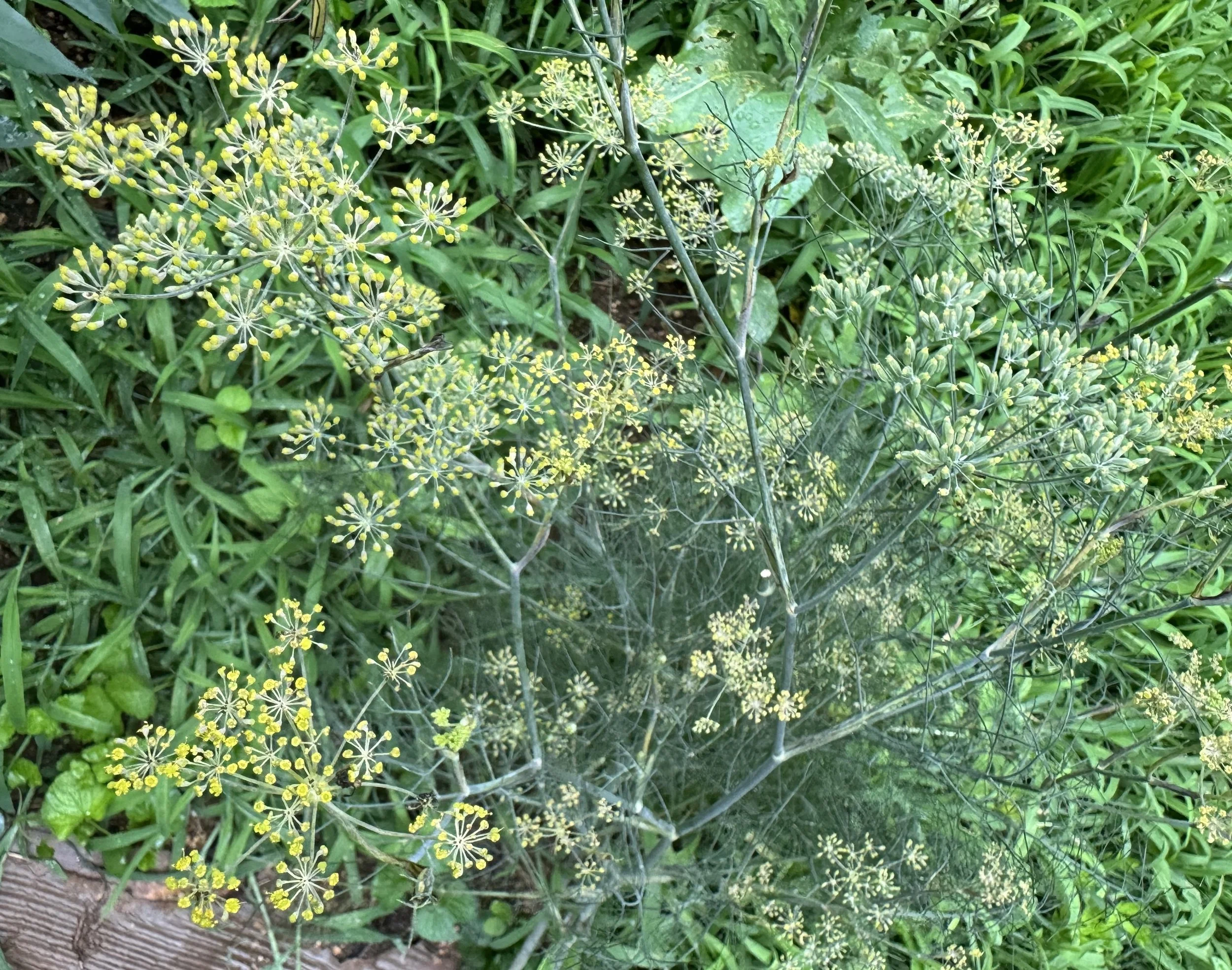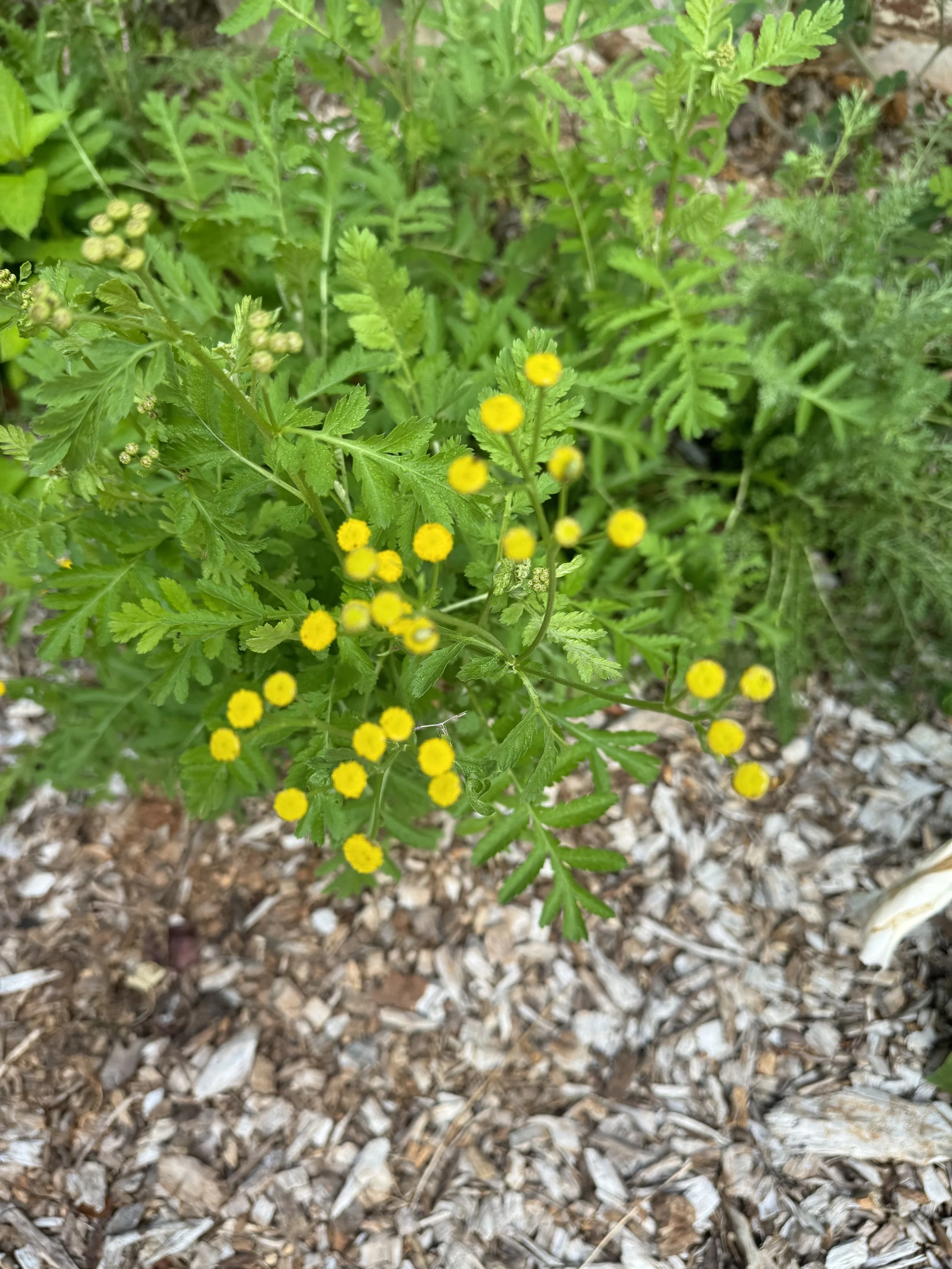Seed Starting Guide
A general glossary of growing terms, for the seeker looking for somewhere to begin.
For specific sowing instructions, please visit the seed pack’s individual page in the “Shop” tab above.
Depending on their native grow zone or annual or perennial status, seeds have different requirements to start germination. Below are the terms commonly used in seed sowing instructions and what they mean. Each seed variety will generally prefer one of these three ways to get started:
Starting Indoors
Cold Stratification
Direct Sowing
1. Starting Indoors
For climates with any length of a cold winter, certain seed types are able to germinate indoors, usually a specified number of weeks before the last frost date (you can find this date for your area with a google search). This method requires: soil, shallow containers for seedlings, moisture, warmth, and sunlight.
Soil/potting mediums specifically branded for seed-starting are widely available in stores, however, any basic all-purpose potting soil or a finely sifted homemade mix from compost works just as well. Pre-moisten the soil before setting your seeds, or use a spray bottle for misting, to avoid disturbing the seeds once they are laid down. It’s important to keep the soil consistently moist and avoid letting it completely dry out; however, it shouldn’t be soaking as this encourages unwanted fungus and rot.
Seedling containers can be anything from peat pots, used toilet paper/paper towel rolls cut into quarters, tupperware with holes poked in it, or plastic cell trays, as long as it has adequate drainage.
Seed depth: some seeds require a small hole poked in the soil and then covered by a sprinkle of soil, while others require "surface-sowing" - pressed gently in a shallow depression in the soil, made by the flat of your fingertip. The sowing instructions should specify that for the particular seed.
Common Growing Terms
-
Besides cold stratification (“2.” below), there are additional pre-planting treatments that certain seeds prefer. This includes scarification (nicking with a razor or filing down), soaking in water for an extended period, or heat treatment (pouring boiling water over them)
-
Until the seedlings have developed strong roots and leaves, it's recommended to pre-moisten the soil before planting the seeds, or mist the planted seeds with a spray bottle of filtered water.
-
To ensure moisture/avoid the soil drying out between mistings, a clear covering like cellophane, or a transparent plastic lid (with at least 3 inches of head room for the seedlings to grow) should cover your container.
-
A warm, sunny window can be sufficient, but LED grow lights and/or an electric heating mat will speed things up.
-
Some seeds are so small they may occupy the same cell/sowing area in the container. As they become larger seedlings, they may crowd each other, preventing adequate light and space which leads to them becoming "leggy" - this is generally a negative in their developmental stage. To prevent this crowding, gently pluck out a number of seedlings, and either transfer them to new cells, or compost them.
-
If the seedling’s roots begin to outgrow the size of the container it’s in, it’s time to size up the container. You can tell this by checking for roots poking out of the bottom of the container’s drainage hole, or if long roots begin to wrap themselves around the root ball/inside of the pot. When sizing up, it’s important to go gradually. If a plant is repotted into too much soil/too large of a pot, it runs the risk of fungus or rot. (This only applies if you are transplanting into a container. If you are transplanting directly into the ground outdoors, skip this and see “transplanting” below). Generally, increasing the depth of the soil by 1-2 inches from the bottom, and increasing the surface diameter by 1-2 inches is okay.
If you’re working indoors, it is easiest to keep the mess down by doing this on a flat surface and inside of a basin or a tub, like a deep tray or plastic tote bin.
Once you’ve selected your new pot, place 1-2 inches of fresh soil at the bottom of it.
Water the seedling or plant before taking it out of its old container.
Remove the plant carefully by sliding a flat tool like a cutlery knife or popsicle stick around the inside edges and loosening the root ball.
Place plant centered in its new container. Gently fill in fresh soil around the edges. It’s important to not tamp or pack the soil down as you fill it in, keep it nice and airy and loose.
Water the plant in its new pot.
-
This refers to "toughening" up the seedlings to prepare them for the transition from indoors to outdoors. The length of time varies, but it's usually between 2 and 4 weeks before the recommended transplant date. Once your seedlings have at least 3 true leaves (aka not cotyledons) they can begin the hardening off process by being gradually and gently exposed to the outdoor elements - wind, sun, rain, etc. You can strengthen the seedlings' stems by simulating breezes: lightly run your hand over the tops of them, back and forth. To introduce them to outdoor temperatures, bring the seedlings outside for an hour each day, preferably somewhere protected from direct sun or hard rains.
-
When the seedlings are hardened off and have a developed root system, and night temperatures are above a specified degree (early spring, late spring, early summer, etc. depending on the plant), they are ready to be planted in their final growing place outside. This can be directly in the ground or in a larger container, depending on the plants growing requirements. If you are planting into the ground, be sure the bed is prepared ahead of time by loosening up the soil to a depth of at least 6 inches and enhancing it with compost.
2. Cold Stratification
Certain types of seeds require a winter dormancy period, which can be achieved through cold stratification. It can be done artificially indoors or outdoors.
Indoor Stratification: This involves mixing the seeds into a few handfuls of moistened sand (the sand should be moist, but not wet enough that water seeps out when you squeeze it). Place the mixture in a closed container (Ziploc sandwich bags work well for this), label it, and store in the refrigerator for the specified amount of time for that particular seed. It is generally a number of weeks before winter's final frost/springtime (this can be found for your region by a quick google search).
Once the weeks have passed, transfer the sand/seed mixture (or just the seeds, if they are large enough to pick out of the mixture) to the soil & container where you plan to start your seedlings (as described in the "1. Starting Indoors" section above. If you see sprouting in the fridge before the weeks are up, transfer the sprouts into the starter soil/containers sooner.
Outdoor Stratification: Since many native seeds go through this process naturally each year, this mostly involves setting the seeds in their intended growing spot outside to overwinter. However, you can have more control over their germination and placement by providing protection from birds, rodents, or washing out - sow them in containers, provide only a little moisture, and leave them in a cool garage or cold frames.
3. Direct Sowing
This refers to putting seeds directly into prepared beds or containers once the climate is favorable. Depending on the plant's spacing requirements, seedlings may require thinning out, as described above.





